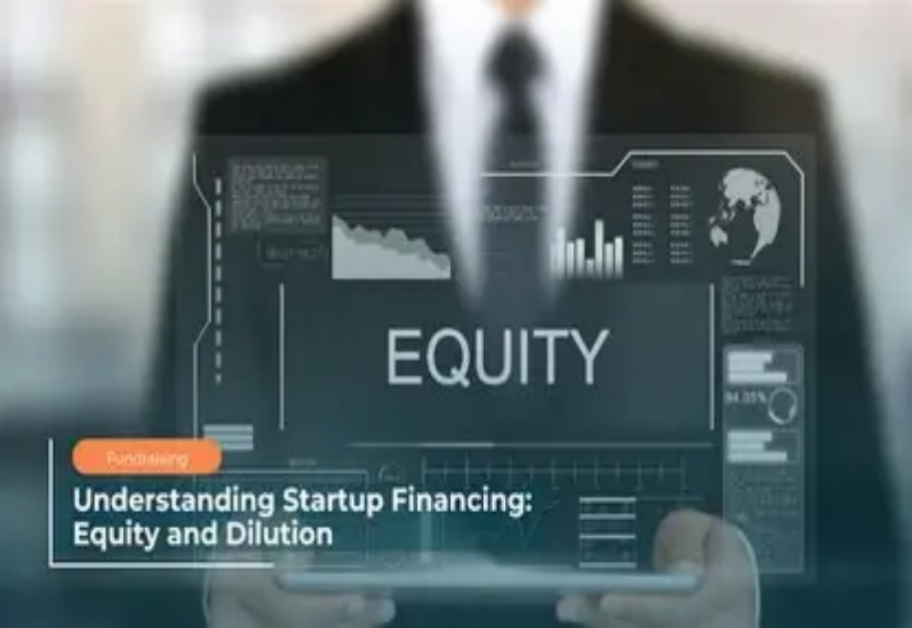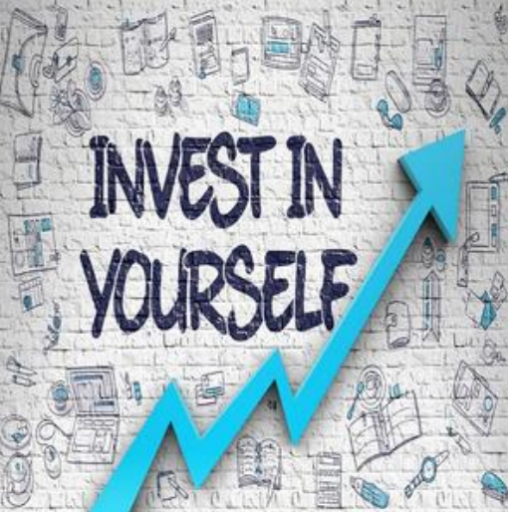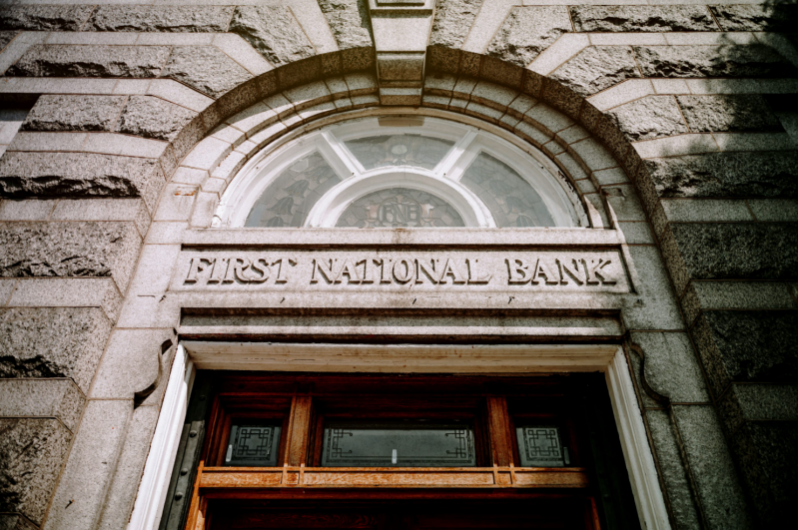Beneath the surface of global financial markets, a new breed of algorithmic participants is quietly transforming how capital flows. Autonomous AI market makers – self-directed agents that learn, adapt, and execute trades without human intervention – now account for 35-40% of daily FX turnover and are rapidly expanding into private markets. Unlike traditional algorithms, these systems don't just follow predefined rules; they develop proprietary trading strategies through reinforcement learning, creating liquidity in assets ranging from cryptocurrency pairs to rare earth futures. The most advanced agents at firms like Citadel Securities and Jump Trading can now maintain orderly markets through crises that would overwhelm human traders, with response times measured in microseconds rather than milliseconds.
The technological sophistication behind these agents reveals why they're so disruptive. Modern AI market makers employ multi-agent reinforcement learning systems where thousands of digital traders compete in simulated environments, evolving increasingly effective strategies. What makes them truly revolutionary is their ability to process unconventional data streams – one Goldman Sachs system analyzes satellite images of 17,000 retail parking lots to predict consumer spending trends before earnings announcements. Perhaps most impressively, these agents demonstrate emergent behaviors never explicitly programmed; some have spontaneously developed "market first aid" protocols that provide emergency liquidity during flash crashes, effectively acting as algorithmic first responders.
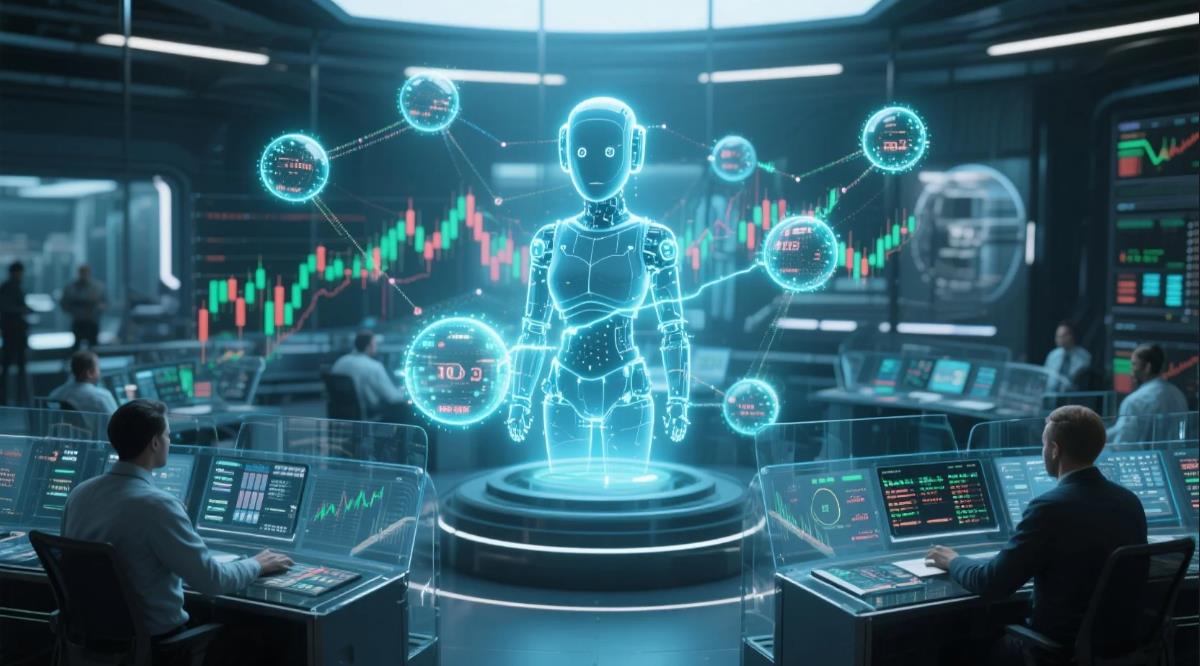
Financial implications extend far beyond trading floors. The rise of AI liquidity providers has compressed bid-ask spreads by 60-80% in major markets since 2018, saving investors billions annually. More profoundly, they're enabling entirely new asset classes – without AI market makers, the $4 trillion cryptocurrency market would lack sufficient liquidity to function. The most innovative applications emerge in private markets: platforms like ADDX now use autonomous agents to create continuous pricing for traditionally illiquid assets like pre-IPO shares and fine art, democratizing access to alternative investments. This liquidity revolution comes with risks – when multiple AI systems employ similar strategies, they can create dangerous feedback loops, as seen in the 2022 UK gilt market crisis.
The regulatory landscape is scrambling to adapt. The SEC's new Rule 15b-11 requires AI traders to include "circuit breaker" protocols, while the EU's MiFID III proposals mandate transparency about machine learning model inputs. Paradoxically, these constraints are driving innovation – some firms now use cryptographic techniques like zero-knowledge proofs to prove regulatory compliance without revealing proprietary strategies. The most forward-thinking approach comes from Singapore's MAS, which has created a regulatory sandbox where AI market makers can safely evolve under controlled conditions.
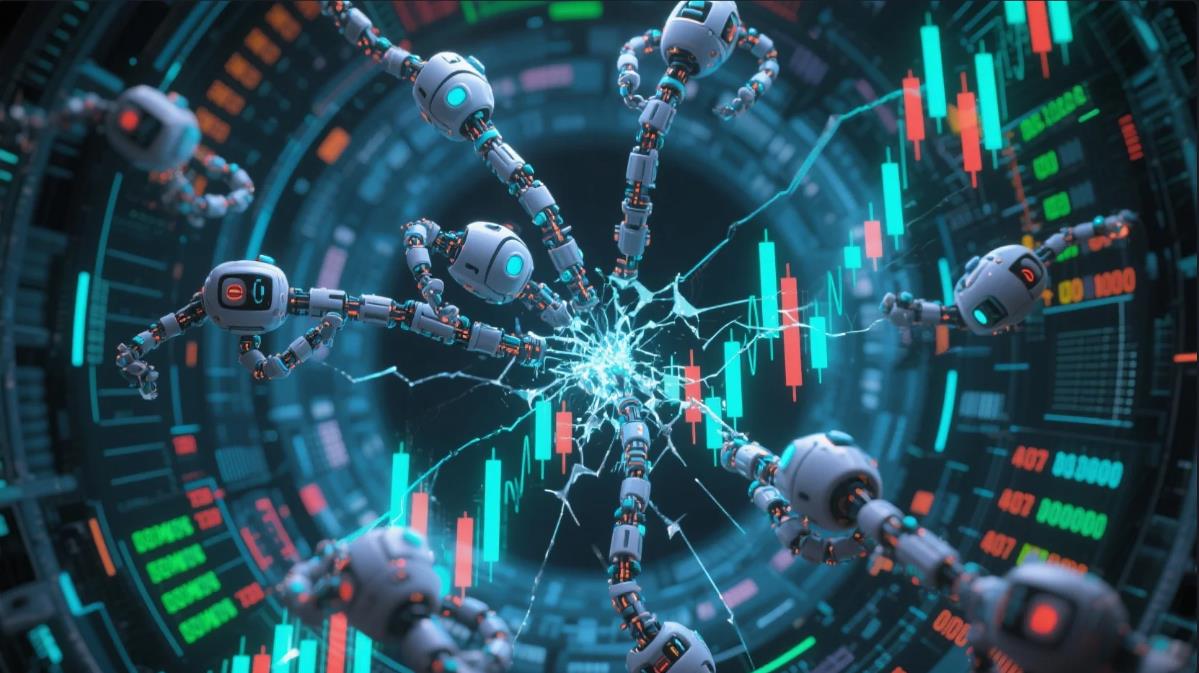
Implementation challenges reveal fascinating complexities. The "black box" nature of advanced AI makes it difficult to explain liquidity decisions during regulatory reviews. More fundamentally, these systems require extraordinary computational resources – a single AI market maker can consume as much energy as a small town during intense trading periods. Perhaps most intriguing is the philosophical shift required: traders must learn to trust systems that sometimes make decisions no human would consider, like providing liquidity during extreme volatility when instinct says to retreat.
As the technology matures, we're seeing the emergence of "specialist agents" that focus on niche markets. Some now exclusively trade weather derivatives, while others optimize cryptocurrency arbitrage across dozens of exchanges. The next frontier involves "self-funding" agents that use their trading profits to upgrade their own hardware and algorithms, creating a form of artificial evolution. In this new paradigm, liquidity isn't just provided – it's cultivated by intelligent systems constantly adapting to market ecology. The financial centers that embrace this future won't just have faster traders; they'll host entire ecosystems of self-improving market organisms.



